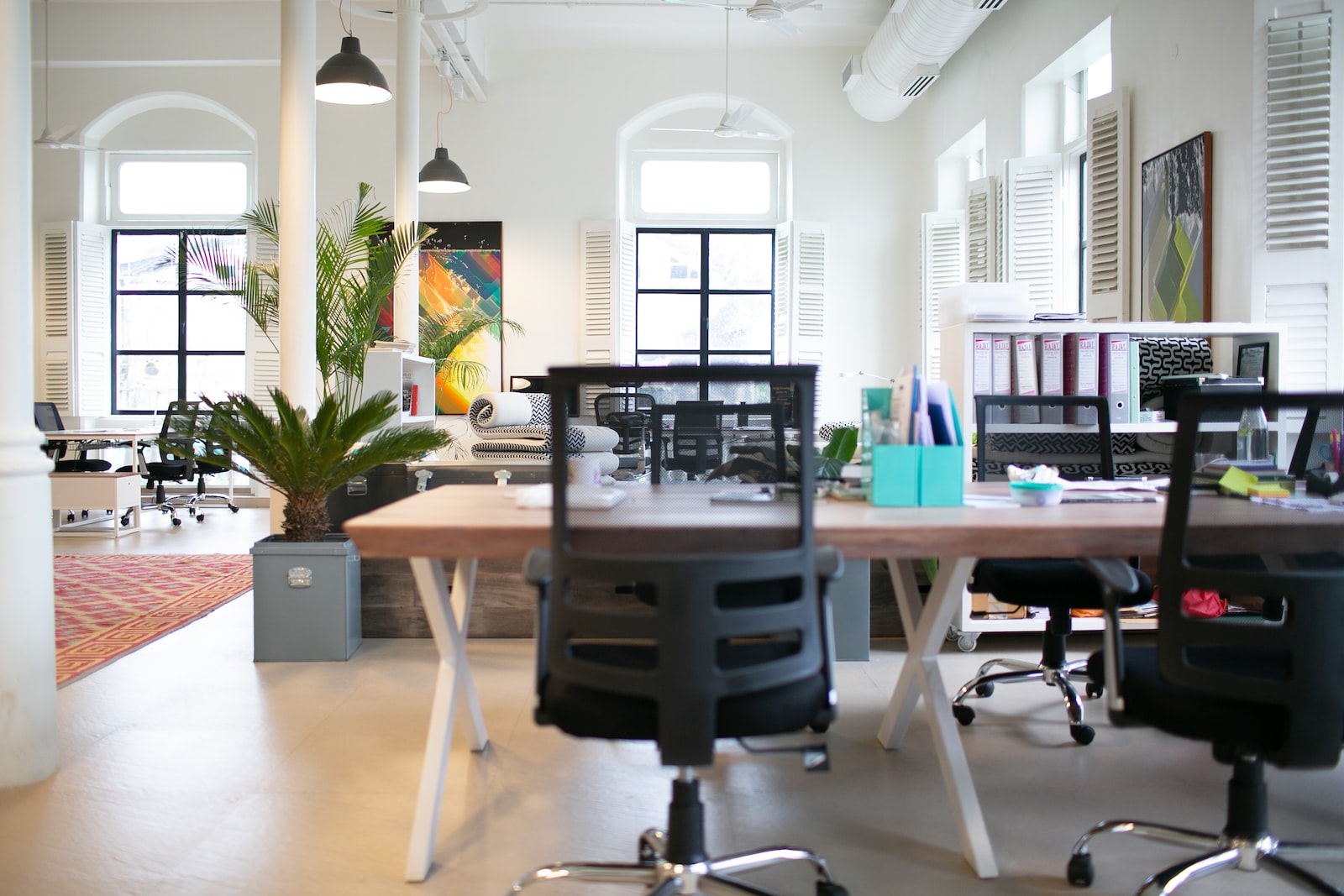With hybrid working now a widely recognised ‘norm’, the pressure is on for companies to ensure the workplace is somewhere employees want to be – neurodiversity being a key element to consider.
With many businesses now competing with the home office, they want to find ways to entice their employees back – even if just for a few days of the week. When rethinking their workplace strategy and design, a key element which must be considered is inclusivity meaning careful consideration of the needs of all employees.
It is estimated that around 15% of the UK’s population is neurodivergent with conditions such as dyslexia, dyspraxia, ADHD and autism. Individuals who are neurodivergent often have different ways of thinking and are a huge asset to any organisation providing different perspectives. Given the right environment, these different perspectives result in improved decision making.
Neurodiversity and inclusion in the workplace needs to be looked at in the broadest sense to drive maximum innovation; the primary ingredients to this is diversity of background, thought, experience, and perspective. Everyone has a different style of working and the ways we behave, communicate, interact, and learn are unique to us. It’s therefore important to make sure a working environment allows everyone to participate and work to the best of their ability.
A workspace that works for the neurodiverse as well as the introvert, the extrovert, those who fluctuate between and the different types of roles that people assume can really enhance organisational performance.
Employers should creating a versatile workspace
Creating a workspace that has considered neurodiversity benefits the health and wellbeing of all employees, particularly in shared spaces. If the design of workspaces is inclusive, employees don’t need to change who they are or how they act to fit a space.
The right working environment should serve all employees, whether they are neurotypical or neurodivergent. The best way to achieve this is to create versatility within the space, allowing everyone to choose the conditions that work best for them and allow all individuals to perform their full potential.
Control workplace noise levels
One of the key design areas to focus on is noise levels and how they can be controlled. Working in a noisy environment can be challenging for anyone, particularly after adjusting from working from home. Too much noise and distraction can affect a worker’s ability to concentrate and focus on the task at hand, and this can be heightened for neurodivergent employees.
Where possible, create different-sized workspaces with a mixture of open-plan and enclosed areas to let employees choose which setup works best for them. Partitions should be made from materials that absorb sound to help better control the acoustics of an area as well as provide privacy, and they can be used to separate larger spaces to create smaller, quieter sections.
Conversely, some neurodiverse people struggle with quietness and need low-level sound. Therefore, having a variety of workstation options gives employees the flexibility to choose what works best for them.
Bring the outside in
A calm and natural working environment is best for all types of workers, but this is often even more important when accounting for neurodiversity. Fluorescent or overpowering lighting, unwelcome smells such as a colleague’s lunch and sudden or unexplained noises can cause discomfort and affect how well someone works.
One way of reducing some of these triggers is to create a biophilic environment that brings nature indoors. Branches, leaves and stems absorb and deflect sound helping to reduce noise while creating a calming work environment. An office with lots of access to daylight and centred around natural elements such as plants can create a calming environment for everyone, particularly for those who are easily overstimulated.
This type of design benefits everyone. A study carried out found that indoor plants and natural light are the two elements most employees crave in a space. Wellbeing can increase by up to 15%, and boredom and stress reduce when workers feel connected to nature in their working environment. It can also boost creativity and productivity .
Design elements such as a living wall, sliding doors and glass partitions can help to create a more natural workspace that helps effectively account for neurodiversity.
Consider the interior design
Specific design features that promote a level of inclusivity should be woven into a building sympathetically. Rather than look like an add-on, they should weave seamlessly into the design of the space. Colour palettes should be calming, and not too busy and low-level lighting can be used to create zones.
It’s also important to consider the best way to help employees navigate the workspace. Accessibility is key, so meeting rooms should have easy to recognise names and signage should contain clear imagery where possible to help employees identify where they are going.
Create a wellness space
Those who work away from their home spend around a third of their day at the office. This is a long time for anyone, particularly for those who are neurodiverse and often experience sensory overload. It’s key for employers to therefore provide them the space and time to switch off and recharge during the working day.
Having a dedicated space that allows all employees to take some time to breathe is hugely beneficial. Ideally these spaces need to consider thoughtful and inclusive lighting, colour and sound for them to be effective.
Despite the looming recession and cost of living crisis, the war for talent remains fierce. Those with a workplace strategy in place which is truly inclusive will attract the best people, achieve higher productivity levels, lead to better decision making and ultimately boost employee happiness.
Lucinda Pullinger
Lucinda joined Instant in 2018 and now leads the UK regional business. She brings a breadth of industry experience including technology, outsourcing, energy, renewables and sport across both multi-national corporations and mid size businesses. Her specialism has been HR and she has held HR consultancy, change management, talent and HR Director positions across these businesses. Lucinda sits at the cusp of people and workspace and leads a team of talented experts across the UK region.



